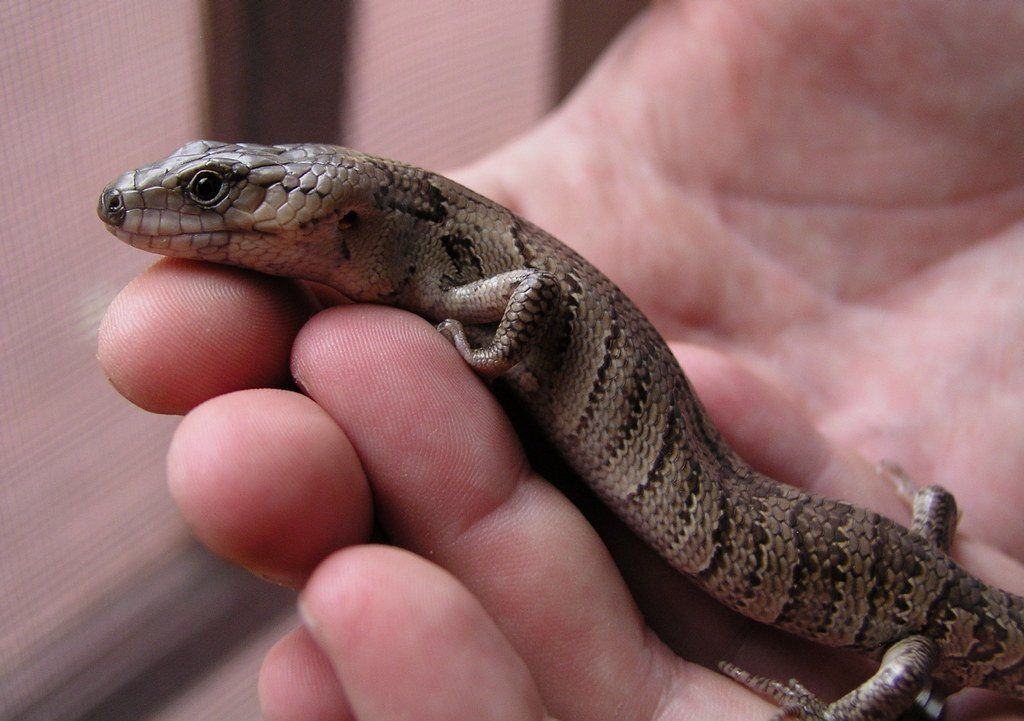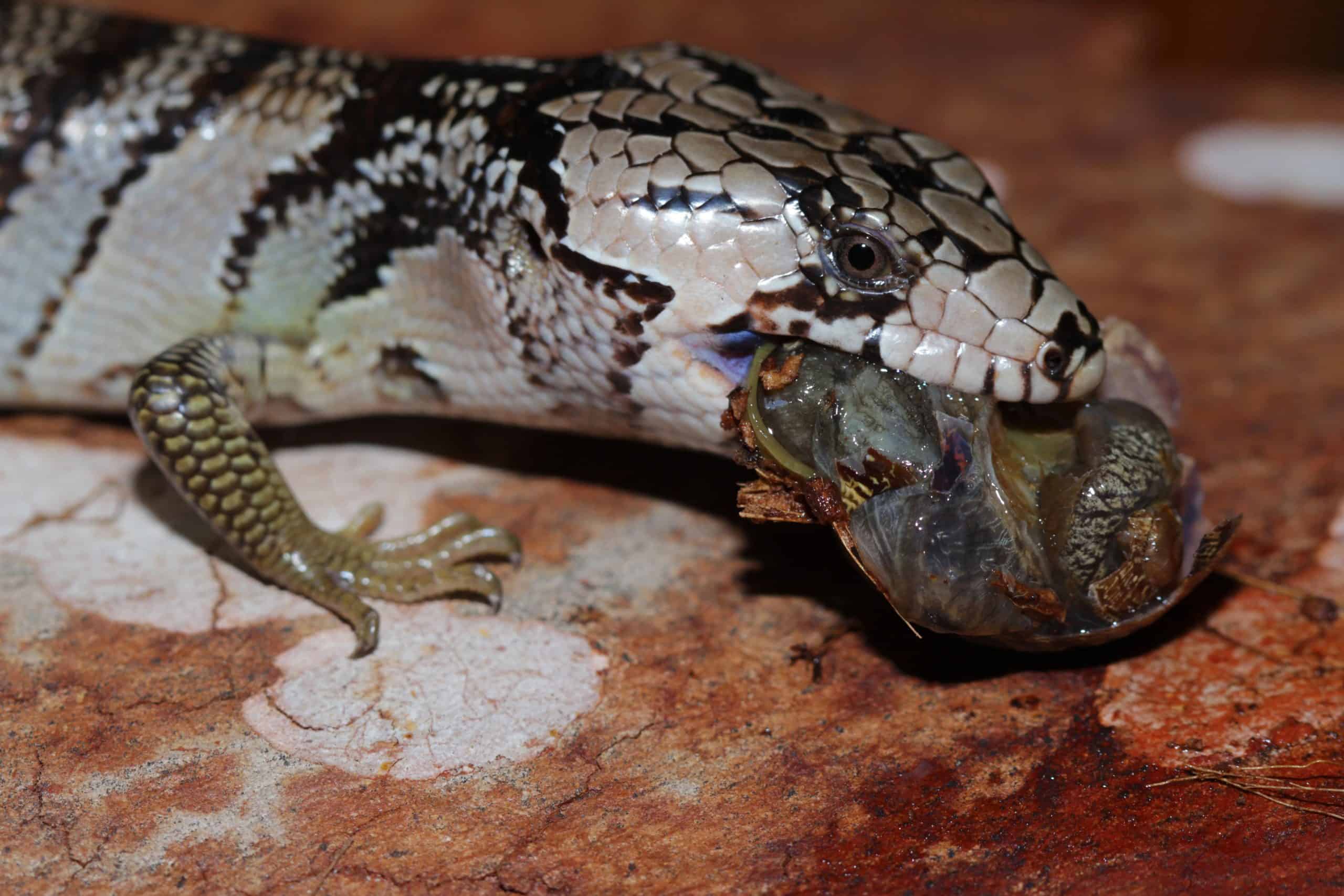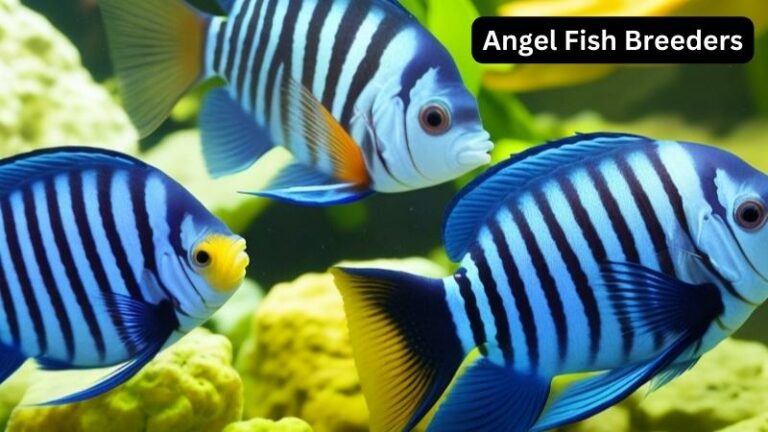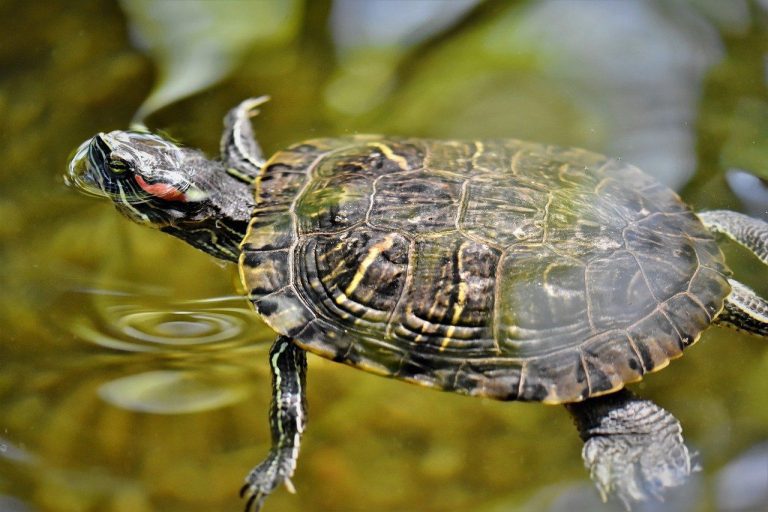Pink Tongue Skink Tank Size
Are you curious about the perfect tank size for your pink tongue skink? Well, look no further! In this guide, we’ll delve into all things related to pink tongue skink tank size, ensuring the optimal habitat for your scaly friend. So let’s dive in and discover the ideal setup for your pink tongue skink’s home sweet home!
When it comes to creating a comfortable and spacious environment for your pink tongue skink, tank size is of utmost importance. These fascinating creatures require ample space to roam, explore, and exhibit their natural behaviors. So, how do you determine the ideal tank dimensions for your scaly pal? We’ve got you covered with all the information you need!
But before we dive into the specifics, let’s take a moment to appreciate the uniqueness of pink tongue skinks. With their vibrant colors and distinct patterns, these little reptiles are a joy to behold. Providing them with a suitable habitat not only ensures their well-being but also allows you to witness their fascinating behaviors up close and personal. So let’s get started and create the perfect space for your pink tongue skink!

Pink Tongue Skink Tank Size: Providing the Right Habitat for Your Pet
Welcome to our comprehensive guide on pink tongue skink tank size! If you’re a proud owner or considering getting a pink tongue skink as a pet, it’s crucial to understand the importance of providing them with the correct habitat. Their tank size plays a significant role in their overall health, comfort, and well-being. In this article, we’ll delve into the details of the ideal tank size for pink tongue skinks, factors to consider, and tips for setting up their enclosure.
Factors to Consider When Determining Pink Tongue Skink Tank Size
When it comes to creating the perfect habitat for your pink tongue skink, several factors should be taken into consideration. This section will outline these factors to help you make an informed decision about the appropriate tank size:
1. Size and Growth Potential
Pink tongue skinks are a medium-sized species, with adults typically reaching a length of 15-20 inches. However, considering their growth potential is crucial when determining their tank size. A general rule of thumb is to provide a tank that is at least 1.5 times the length of the skink, allowing them enough space to move comfortably and exhibit natural behaviors.
It’s important to note that pink tongue skinks can experience rapid growth during their first year, and their enclosure should accommodate this growth. Start with a smaller tank for a juvenile skink and upgrade as they grow to prevent stress or discomfort.
2. Activity Level and Enrichment
Pink tongue skinks are active and curious creatures that require adequate room to explore and engage in physical activities. Providing a spacious enclosure allows them to exhibit natural behaviors such as climbing, burrowing, and foraging. Including hiding spots, branches, and elevated surfaces further enriches their environment, stimulating their physical and mental well-being.
Considering the number and complexity of their enrichment features is essential when determining tank size. Ensure that the enclosure is large enough to accommodate these elements without overcrowding the skink’s movement space, promoting optimal physical and mental stimulation.
3. Temperature and Humidity Zones
Pink tongue skinks require specific temperature and humidity ranges to thrive. A larger enclosure provides the opportunity to create distinct zones with varying temperatures and humidity levels. This allows the skink to regulate its body temperature and seek out the desired humidity according to its needs. Incorporating temperature gradients and humidity hides provides them with options to thermoregulate effectively.
Consider the size of the enclosure when determining the number and placement of heat sources, such as heat lamps or heating pads. A larger tank ensures that the entire enclosure maintains the desired temperature range, promoting overall comfort and well-being.
4. Ease of Maintenance
Ensuring easy access for cleaning and maintenance is an important consideration when determining the tank size for your pink tongue skink. A larger enclosure can be more challenging to clean and maintain, so finding a size that strikes a balance between providing enough space for the skink and ease of cleaning is essential.
Consider your own abilities and schedule when deciding on the size of the tank. Remember that a clean and well-maintained habitat is essential for the health and longevity of your pet.
5. Future Expansion
Lastly, it’s worth considering the potential for future expansion when choosing a tank size for your pink tongue skink. As your skink grows, it may eventually need a larger enclosure. It’s more cost-effective and less stressful for the skink to plan for future growth and invest in a larger tank from the start rather than having to upgrade multiple times as they outgrow their habitat.
Additionally, if you plan to introduce additional skinks to the enclosure or create a breeding setup in the future, opting for a larger tank can be a wise choice.
Choosing the Right Tank Size for Your Pink Tongue Skink
Now that you understand the factors to consider, it’s time to determine the ideal tank size for your pink tongue skink. While individual preferences and circumstances may vary, here are some recommendations based on their growth potential:
1. Juvenile Skinks
For the first year of a pink tongue skink’s life, a smaller enclosure is appropriate to avoid overwhelming them. A 20-40-gallon tank is usually sufficient during this stage, providing enough room for them to move around comfortably while also creating a sense of security.
2. Sub-Adult Skinks
As your pink tongue skink grows and enters the sub-adult stage, they will require more space to accommodate their increased activity and growth. A tank size of 40-60 gallons is recommended to ensure they have ample room to move, explore, and exhibit natural behaviors.
3. Adult Skinks
When your pink tongue skink reaches adulthood, a tank size of 60-90 gallons is typically suitable. This larger space allows them to fully stretch out, climb, burrow, and explore. Providing a spacious enclosure for adult skinks contributes to their overall well-being and reduces the risk of stress-related health issues.
In addition to the recommended tank sizes mentioned above, always remember to consider the specific needs and behavior of your individual skink. Each skink is unique, and their preferences may differ slightly. Regularly observe and interact with your pet to ensure they are comfortable and thriving in their enclosure.
Tips for Setting Up Your Pink Tongue Skink’s Enclosure
Now that you know the importance of the right tank size, let’s explore some tips for setting up your pink tongue skink’s enclosure:
1. Research and Plan
Prior to setting up the enclosure, conduct thorough research on pink tongue skink care requirements. Gather information on their ideal temperature and humidity ranges, substrate preferences, and other essential elements. Planning ahead will enable you to create a suitable and enriching environment for your skink.
2. Provide Hiding Spots
Include various hiding spots throughout the enclosure, such as caves, bark hides, and vegetation. Pink tongue skinks appreciate secure places to retreat and feel safe. These hiding spots also enhance their natural behavior of seeking shelter and provide them with environmental enrichment.
3. Incorporate Natural Elements
Where possible, incorporate natural elements into the enclosure, such as live plants, branches, and rocks. This creates a more visually appealing and engaging environment for your skink. Just ensure that any plants or materials used are safe and non-toxic for your pet.
4. Maintain Proper Temperature and Humidity
Ensure that your pink tongue skink’s enclosure maintains the appropriate temperature and humidity levels. Use heat lamps, heating mats, and thermostats to regulate temperature, and mist the enclosure regularly to maintain adequate humidity. Monitoring these factors is essential for your skink’s health and well-being.
5. Keep It Clean
Regularly clean and maintain your pink tongue skink’s enclosure to promote optimal health. Remove waste, replace soiled substrate, clean the water dish, and sanitize any accessories or hides. This helps prevent the buildup of harmful bacteria and ensures a hygienic environment for your skink.
By following these tips and providing the appropriate tank size, you’ll create a comfortable and enriching habitat for your pink tongue skink. Remember to observe your skink’s behavior regularly and make any necessary adjustments to ensure their well-being and happiness.
Key Takeaways: Pink Tongue Skink Tank Size
- A larger tank is recommended for pink tongue skinks, as they require ample space to move around and explore.
- An ideal tank size for a single pink tongue skink is at least 40 gallons.
- If you plan to have multiple skinks, a larger tank would be needed, such as 75 gallons or more.
- Make sure the tank provides both horizontal and vertical space to accommodate their climbing and burrowing behaviors.
- Add plenty of hides and foliage for the skinks to feel secure and have places to hide.
Frequently Asked Questions
Looking for information on the ideal tank size for your pink tongue skink? Here are some common questions and answers to help you create the perfect habitat for your scaly friend.
1. What is the recommended tank size for a pink tongue skink?
The recommended tank size for a pink tongue skink is a minimum of 40 gallons. However, it is always better to provide a larger enclosure to allow for more space and enrichment for your skink. A bigger tank will give your pet more room to explore, climb, and exhibit natural behaviors, leading to a happier and healthier skink.
Make sure to choose a tank that is long enough for your pink tongue skink to comfortably move around. A longer tank, rather than a tall one, is preferred because skinks are ground-dwelling creatures and benefit from more horizontal space.
2. Can I keep multiple pink tongue skinks in the same tank?
Pink tongue skinks can be housed together, but it is important to consider their personalities and individual needs. While some skinks may tolerate tank mates, others may be more territorial and prefer to live alone.
If you decide to keep multiple pink tongue skinks in the same tank, make sure the tank is large enough to accommodate all skinks comfortably. Provide plenty of hiding spots, basking areas, and food/water dishes to reduce competition and stress. Monitor their behavior closely and separate them if any signs of aggression or stress occur.
3. Are there any special requirements for the tank setup?
When setting up the tank for your pink tongue skink, there are a few important considerations. First, provide a temperature gradient within the tank, with a warm basking spot around 90°F (32°C) and a cooler area around 75-80°F (24-27°C). Use a thermostat to ensure proper temperature regulation.
In terms of substrate, avoid using loose substrates that could be ingested and cause digestive issues. Opt for non-toxic, reptile-safe substrates such as reptile carpet or paper towels. Additionally, provide plenty of secure hiding spots, such as caves or branches, as well as a shallow water dish for soaking.
4. How often should I clean the tank?
Regular tank maintenance is essential for the health and well-being of your pink tongue skink. Spot clean the tank daily, removing any feces or soiled substrate. Once a month, perform a deep clean by completely emptying the tank, disinfecting all surfaces with a reptile-safe cleaner, and replacing the substrate.
Remember, maintaining a clean and hygienic environment helps prevent the growth of harmful bacteria and keeps your skink healthy. It’s also a good opportunity to inspect the tank for any signs of wear and tear or necessary repairs.
5. Can I use a glass tank or should I consider alternative enclosures?
Glass tanks are a popular choice for housing pink tongue skinks because they provide good visibility and are easy to clean. However, other enclosure options can also be suitable, depending on your skink’s needs.
You may consider using PVC enclosures, which provide excellent insulation and humidity retention. Wooden enclosures can also be appropriate, as long as they are properly sealed to prevent water damage. Whichever type of enclosure you choose, ensure it meets the size requirements and provides a secure and comfortable environment for your pink tongue skink.

I Bought A Baby Pink Tongue Skink | MEET MY SKINK
Summary
So, in a nutshell, when it comes to the tank size for your pink tongue skink, there are a few things to keep in mind. First, make sure you get a tank that is at least 40 gallons to provide enough space for your skink to move around comfortably. Additionally, consider adding branches and hiding spots to create a stimulating environment. And don’t forget to maintain the temperature and humidity levels to ensure your skink’s well-being. Remember, happy skink, happy tank!
Ultimately, providing the right tank size for your pink tongue skink is essential for its overall health and happiness. By following these guidelines, you can create a cozy and enriching habitat where your skink can thrive. So, get ready to set up the perfect home for your scaly friend and watch it enjoy its spacious and stimulating tank!

